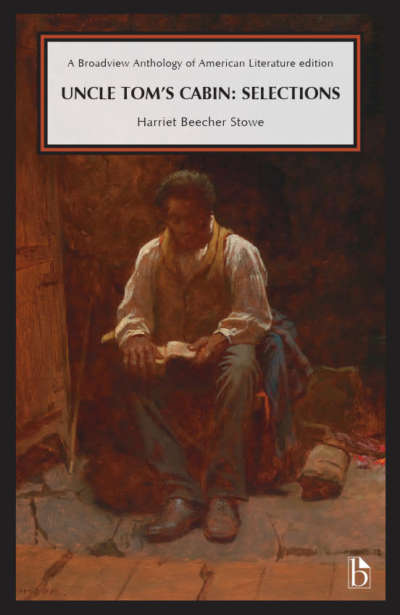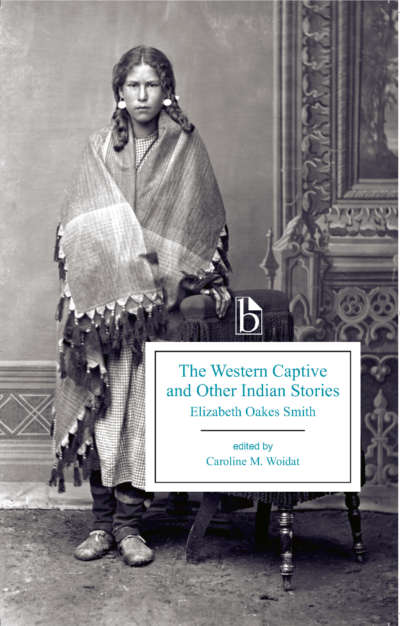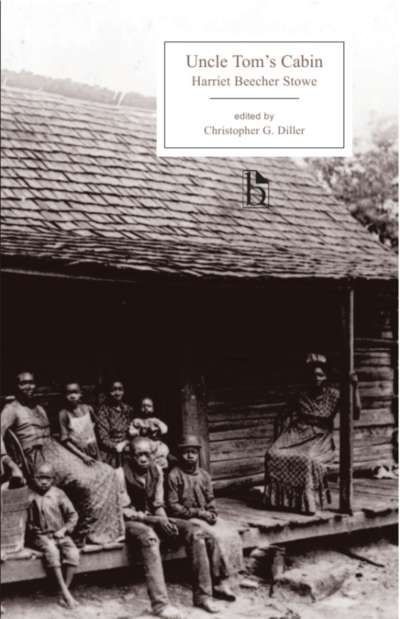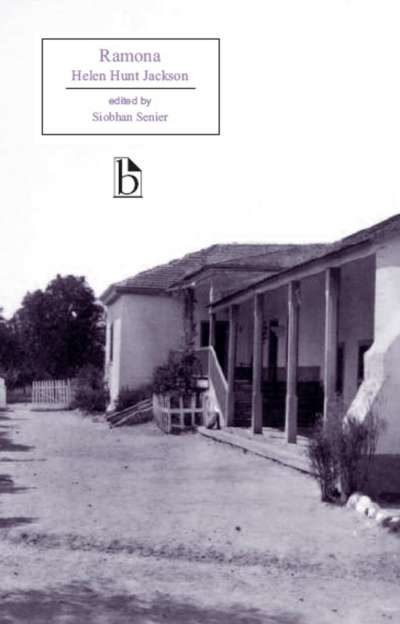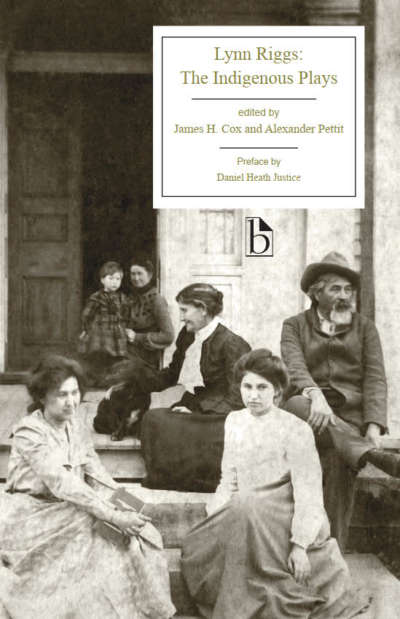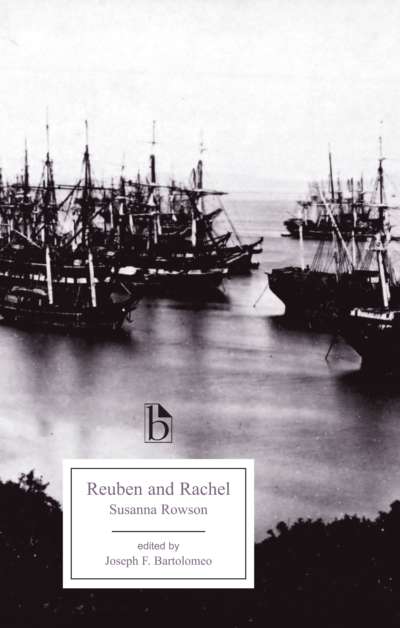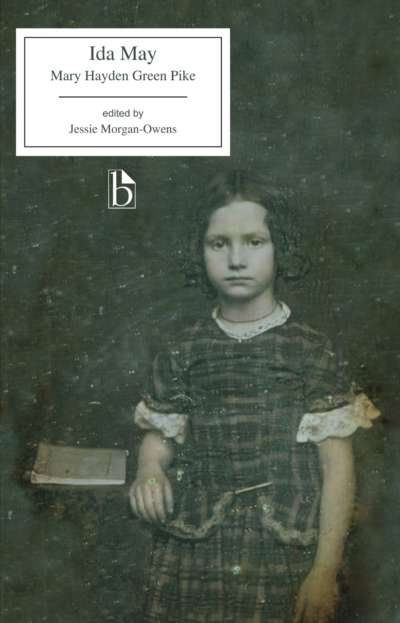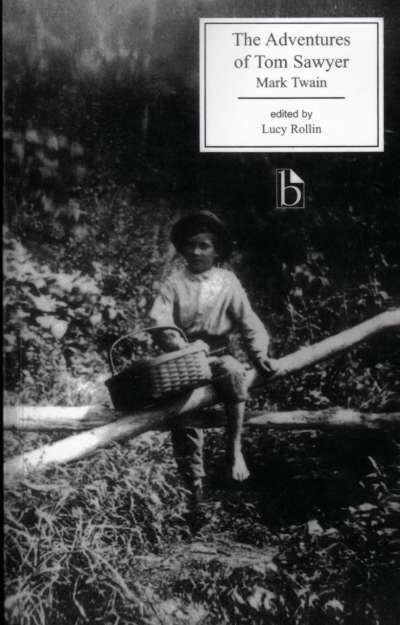
The Last of the Mohicans enjoyed tremendous popularity both in America and abroad, offering its readers not only a variation on the immensely popular traditional captivity narrative of the time, but also characters that would become iconic figures in the young nation’s emerging literature. The novel’s central action follows Leatherstocking and his two faithful friends, Chingachgook and Uncas, as they come to the aid of two daughters of a British officer seeking to become reunited with their father. The novel provides insights into Cooper’s own thinking on Native American and White relations during the early national period, revealing a profound ambivalence to the reality that the rising fortunes of the young United States meant the declining fortunes of the nation’s Native American inhabitants.
Comments
“James Fenimore Cooper’s The Last of the Mohicans presents a double challenge to today’s readers; a work of historical fiction, it has become, in itself, a historical artifact in need of explication. Paul Gutjahr’s elegant introduction and judicious choice of secondary sources help to place Cooper’s novel in its historical moment, while at the same time clarifying the novel’s own engagements with American history. Accentuating Cooper’s engagement with issues of race, gender, and hemispheric conflict, Gutjahr’s edition reminds us of why Cooper’s novel remains timely and even urgent. It will be the edition of choice for scholars, students, and casual readers alike.” — Leon Jackson, University of South Carolina
“Paul Gutjahr’s edition of The Last of the Mohicans is a model text, ideally suited for the classroom or the general reader. The decision to print the novel in its original two-volume format foregrounds Cooper’s careful structuring of the book. Gutjahr’s informative introduction effectively explores the novel’s formal structure and its engagements with colonial and antebellum American history. The contextual materials included are also well-chosen. Including excerpts of Cooper’s ethnographic source material in the edition is extremely helpful, as this will aid readers in developing a deeper understanding of the novel’s representations of colonial history. This is certainly an edition I will use and recommend.” — David J. Carlson, California State University, San Bernardino



